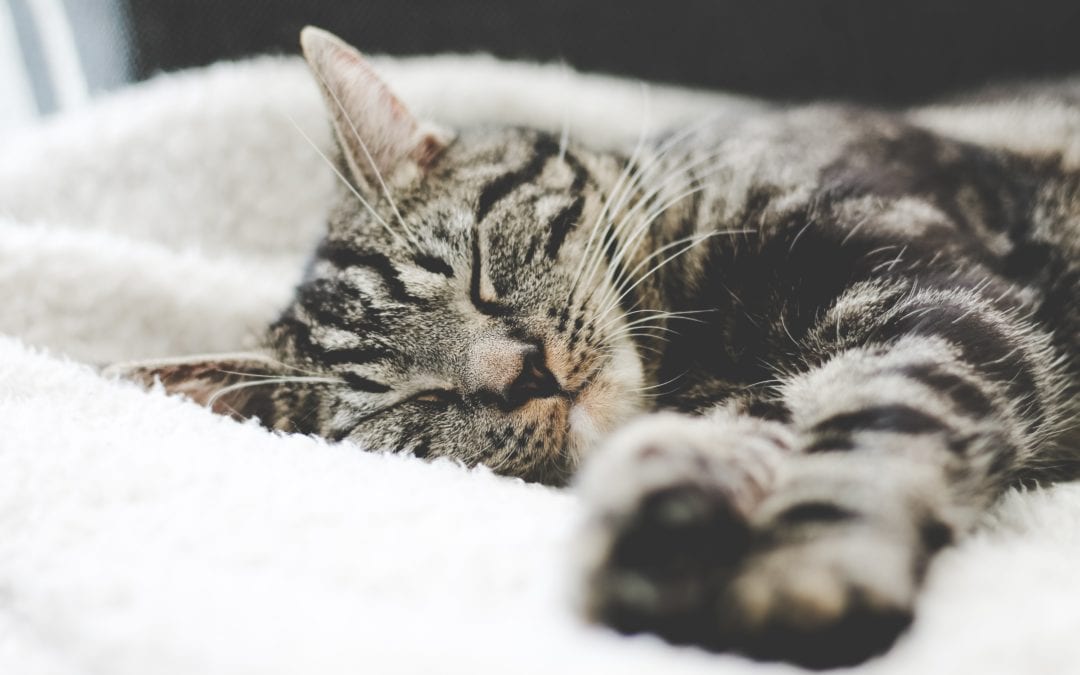When your pet undergoes an anesthetic event, our team here at Chathams Small Animal Hospital makes every effort to keep them safe. We use a variety of monitoring devices to keep a close eye on your furry companion. Read on to learn more.
Common anesthetic monitoring equipment
The most common anesthetic monitoring devices include:
- Trained veterinary technician — A licensed veterinary technician (LVT) is the most important monitoring device. They are the eyes, ears, and hands, closely monitoring your pet to ensure they remain pain-free, comfortable, and safe during anesthesia and throughout recovery. An LVT has completed college courses that focus on anesthetic monitoring and potential complications, and they will closely monitor your pet for any issues and leap into action if necessary. No piece of equipment can replace an experienced, highly skilled veterinary technician.
- Pulse oximeter — A pulse oximeter probe tells us your pet’s pulse rate and detects the oxygen percentage in their blood.
- Electrocardiograph — Electrocardiography (ECG) uses three leads that attach to your pet’s skin to obtain quick, real-time information about heart rate and rhythm. An ECG provides information regarding the heart’s electrical activity and can detect arrhythmias that indicate cardiac problems.
- Blood pressure cuff — Oscillometric blood pressure monitoring is the easiest method of measuring systolic, diastolic, and mean arterial blood pressure. The ultrasonic Doppler and arterial catheter methods are also used.
Along with these basic pieces of veterinary monitoring equipment, many more items are available that help us keep a close watch on your pet’s vital signs during anesthesia, including a blood gas analyzer, temperature probe, esophageal stethoscope, capnograph, respirometer, and blood pressure transducer. Each pet undergoing an anesthetic procedure receives our careful, undivided attention. We closely watch their monitoring devices and trust in our own hands, eyes, and ears to keep your best friend safe and healthy.
Still have concerns about your pet’s upcoming procedure? Contact us for help.

